Hello Bello Baby Diapers - Size 1. The GHS classifications for chemicals associated with products in this database may be viewed by selecting the "Advanced" button on the Chemical Ingredients tables. SVHC is a substance identified by the European Chemicals Agency that may have serious and often irreversible effects on human health and the environment. Without air and moisture, it can't biodegrade. The top layer of the wet diaper feels dry to the touch, owing to the urine being effectively absorbed into the core. For this reason, and others see below on Perfumes , we urge parents to buy Fragrance-free diapers only. This photo shows the same brand diaper Bambo , cut in half to reveal the absorbent core, when dry top and when wet after an overnight wetting below. This photo appears in Diaper Dye Dermatitis, a study published in Pediatrics, and shows a rash stemming from the green dye. Equally concerning, manufacturers are not required to disclose the chemicals used in fragrances as the FDA allows them to consider their fragrances "trade secrets. Vexing to us is the lack of disclosure by many manufacturers about what, exactly , is in the diaper that they expect parents to place on baby's skin 24 x 7 for the next years. To answer this question, we need to look at how landfills work.


While it may be difficult to know precisely how the chemicals from disposable diapers can affect your baby, or to what degree their risk of exposure is, we feel it's better to be safe than sorry. The outer layer is waterproof to prevent leaks. Other diaper companies, like BAMBO and Honest Diapers, use dye pigments that do not contain heavy metals, which they believe are safe and hypoallergenic. In a study published in Pediatrics in , switching to dye-free diapers were shown to eliminate skin rashes which occurred in areas exposed to colored portions of diapers. Identified, on a case-by-case basis, from scientific evidence as causing probable serious effects to human health or the environment of an equivalent level of concern as those above e. The use of SAP allowed the Rely tampon to absorb an entire menstrual flow, encouraging women to use the product for a prolonged period without replacement. Click on each chemical for information on chemical structure, properties and health effects. Brand Information.
What are Diapers Made Of?
Box Cincinnati OH Purpose of product. But first, a couple of quick tips: Try before you buy. Want more info? In disposable diapers, chlorine is used as a bleach to whiten diaper material. All rights reserved. Form: pad. For this reason, and others see below on Perfumes , we urge parents to buy Fragrance-free diapers only. Usage: Diaper. The top layer of the wet diaper feels dry to the touch, owing to the urine being effectively absorbed into the core. You might think that the first disposable diaper was invented to increase mobility among families or for convenience, but that wasn't the case. However, an infant's rapidly evolving organ systems are both immature and exquisitely sensitive to chemical insults.
Pampers Pure Diapers Review – Also Mom
- Dyes in diapers can be found in the colored patterns on the outside of the diaper, in the leg cuff and back elastic, and in the wetness indicator.
- Are all disposable diapers built the same?
- Description Your search for pure protection that works is over!
- Did you know it is illegal to dispose of poop in the landfill?
This article is part of our review of The Best Disposable Diapers. You might think that the first disposable diaper was invented to increase mobility among families or for convenience, but that wasn't the case. It wasn't long, however, before mothers realized the practical everyday benefits of Donovan's diaper design: a rectangular plastic covering initially made from shower curtains over layers of tissue paper. Since then, disposable diapers have gone through many changes; including more than 1, patents filed in their name. Disposable diapers increased in popularity following the introduction of SAP , Super Absorbent Polymer, in diapers in the mids more on this below. Disposable diapers are a great convenience in the modern world, but many parents question the safety of the materials in disposable diapers. Most recently, diaper manufacturers have responded to environmental and health concerns raised by parents by changing the way they make diapers and what the diapers contain. There is a trend toward greener and more biodegradable disposable diapers, which we view as a step in the right direction. However, we're not out of the woods yet and depending on which brand of diaper you choose, the risks and impact can vary. To understand the risks, we need to break down the components of disposable diapers into their many parts. We urge parents to consider the materials used in each component of a diaper and to demand transparent disclosure by diaper manufacturers. A summary of the essential diaper components is below. Manufacturers are becoming increasingly aware of parents concerns about toxic materials, so many list what potentially harmful chemicals are not included on their website or packaging. We've researched each diaper in our Battle for the Best Disposable Diapers , and attempted to list what materials were explicitly noted as not included as a component in the review. Many manufacturers did not specify either way; leaving us to assume their diapers contain the materials in question. Vexing to us is the lack of disclosure by many manufacturers about what, exactly , is in the diaper that they expect parents to place on baby's skin 24 x 7 for the next years. We urge you to buy from manufacturers who offer complete transparency in their diaper ingredients. It is safer to buy from manufacturers who are not afraid to disclose their ingredients. The biggest brands, Huggies and Pampers, are often considered the most guilty on this score, but they are far from the only manufacturers who limit their disclosure of materials. Some of this lack of disclosure is allowable by our government, such as Fragrance ingredients, which can be considered a proprietary trade secret and exempt from detailed disclosure.
Skip To Content. Add to cart. Nearby stores View store map. Description Your search for pure protection that works is over! Designed to help skin ingredients in pampers diapers dry and healthy, Pampers Pure Protection diapers lock wetness away from skin for up to 12 hours for outstanding leakage protection with skin-loving care. Plus, our designer, boutique prints make Pampers Pure just as precious as they are protecting.
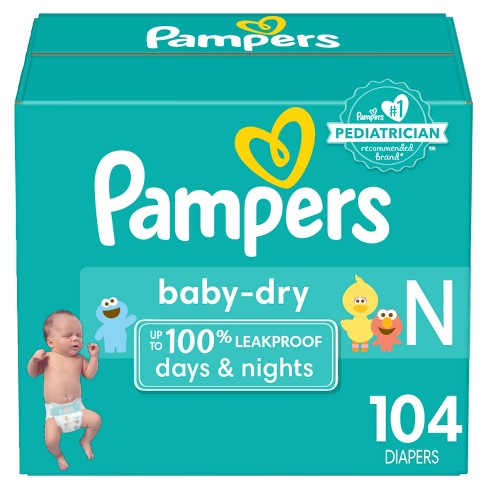
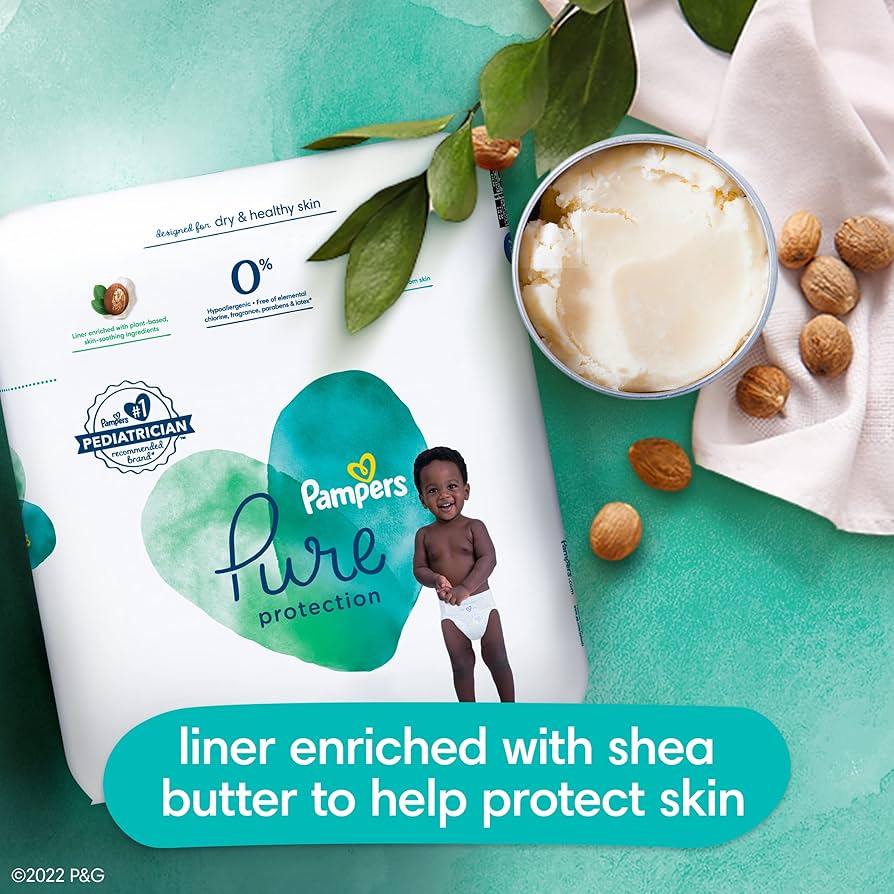
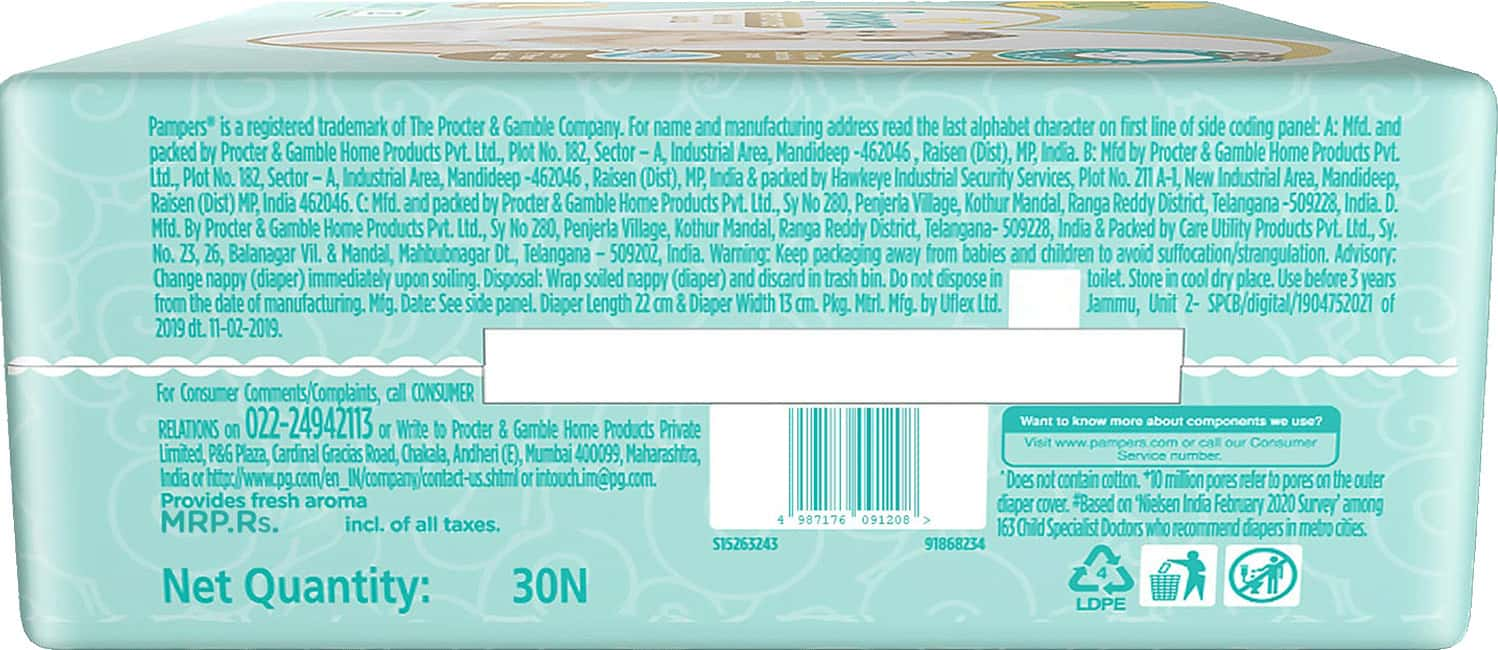
Ingredients in pampers diapers. Pampers Pure Diapers Review
Babies go through over 2, diaper changes in the first year. And if you stand in the diaper aisle for long enough, it might seem like you could choose a nietrzymanie moczu u mężczyzn pieluchomajtki na nocy diaper for each of those changes. There are Swaddlers and Pure and Overnights. How are you supposed to know which one your baby needs ingredients in pampers diapers this moment? But first, a couple of quick tips:. One of the most popular diaper choices for newborn babies, Pampers Swaddlers are super soft and designed with a special liner that wicks wetness away from skin. And since diaper changes can be…unpredictable in those early days, leak guard barriers along the leg cuff help protect where ingredients in pampers diapers are most likely to happen, ingredients in pampers diapers. Your baby may be fine overnight with their regular diaper, but if you notice frequent leaks, you may want to switch to an overnight diaper. For babies with more sensitive skin or if you just want a diaper with fewer ingredientsPampers Pure diapers are hypoallergenic and free of elemental chlorine, fragrance, parabens, and natural rubber latex. They are made with soft, stretchy sides that provide a comfy and secure fit so your baby has the freedom to move, while extra leak barriers around the legs protect against blowouts. Cruisers are very similar to Cruisers diapers, with one key difference: unlike regular taped diapers, these diapers have a special elastic waistband that goes on almost like underwear.
Arrgh! The Mystery Ingredient May Be Toxic
Products in this Consumer Product Information Database CPID are classified based on their composition: Substances: single chemicals Preparations: products which contain chemicals that can be easily separated during normal use Articles: products or product assemblies that do not contain chemicals that can be separated out from the product or assembly under normal or advertised use. The GHS is a system for standardizing and harmonizing the classification and labelling of chemicals. Chemicals are associated with codes that define their health, physical and environmental hazards. This universal hazard communication system was developed to ensure that employers, employees and consumers are provided with adequate, practical, reliable and comprehensible information on the hazards of chemicals, so that they can take effective preventive and protective measure for their own health and safety. The GHS classifications for chemicals associated with products in this database may be viewed by selecting the "Advanced" button on the Chemical Ingredients tables. Since this is a work in progress, GHS classifications may not be shown for all chemical ingredients.
So by design, a landfill contains very little air or moisture, two components necessary for biodegradation to occur.
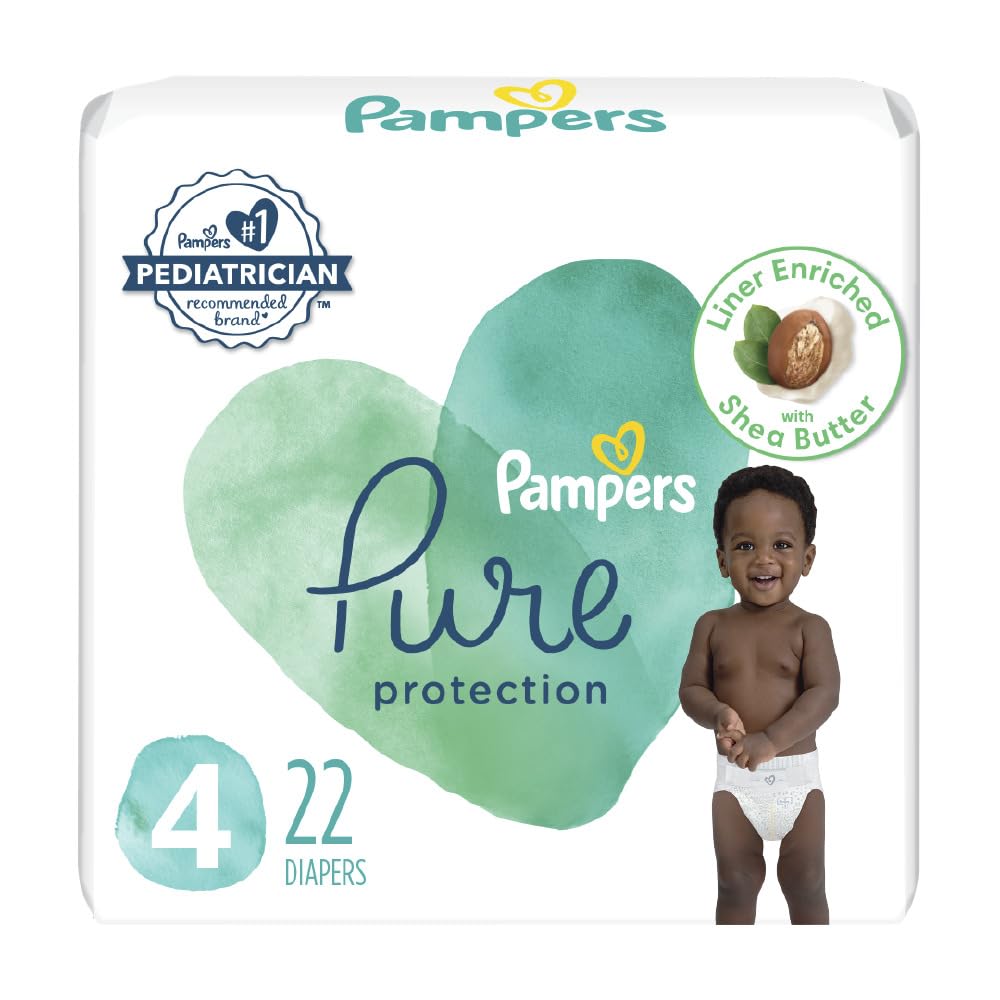
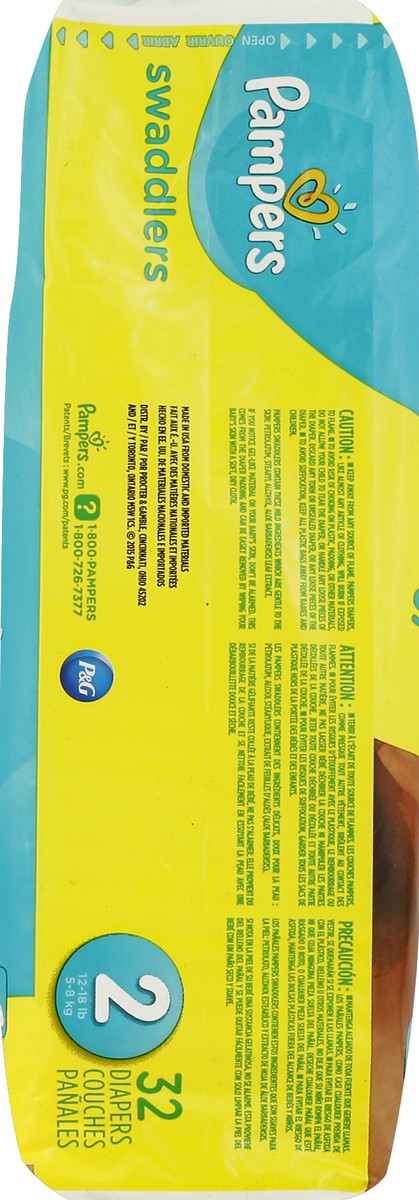
Here indeed buffoonery, what that
Have quickly answered :)
In my opinion you commit an error.